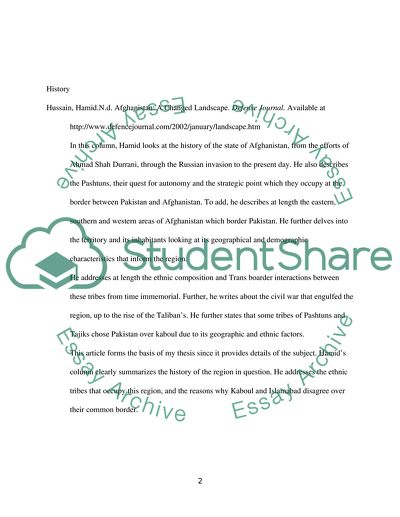Cite this document
(“Borderlands: Afghanistan and Pakistan Provinces and Tribal Areas Literature review - 1”, n.d.)
Retrieved de https://studentshare.org/politics/1588939-borderlands-and-borderlands-afghanistan-and-pakistan-provinces-and-tribal-areas
Retrieved de https://studentshare.org/politics/1588939-borderlands-and-borderlands-afghanistan-and-pakistan-provinces-and-tribal-areas
(Borderlands: Afghanistan and Pakistan Provinces and Tribal Areas Literature Review - 1)
https://studentshare.org/politics/1588939-borderlands-and-borderlands-afghanistan-and-pakistan-provinces-and-tribal-areas.
https://studentshare.org/politics/1588939-borderlands-and-borderlands-afghanistan-and-pakistan-provinces-and-tribal-areas.
“Borderlands: Afghanistan and Pakistan Provinces and Tribal Areas Literature Review - 1”, n.d. https://studentshare.org/politics/1588939-borderlands-and-borderlands-afghanistan-and-pakistan-provinces-and-tribal-areas.


